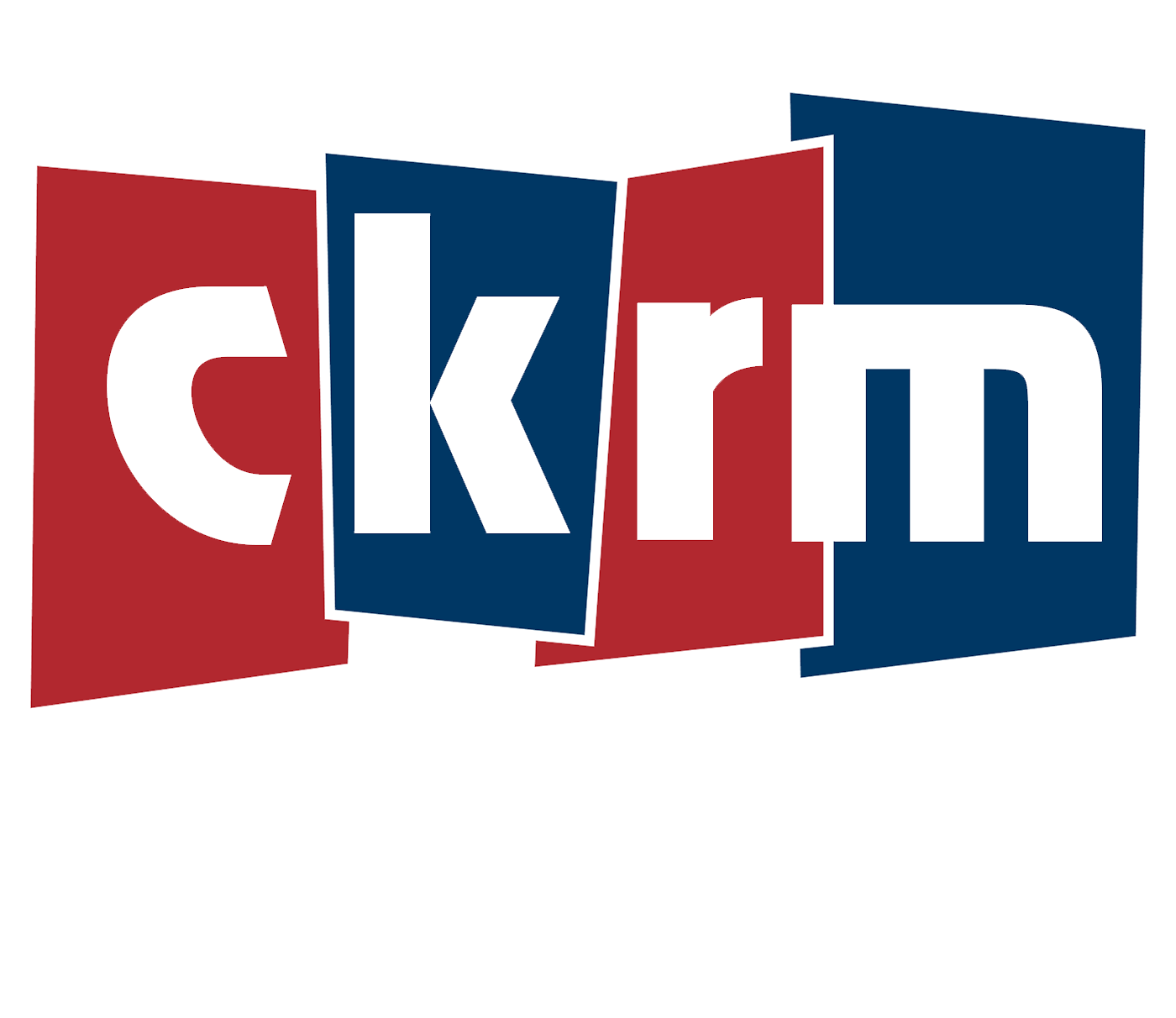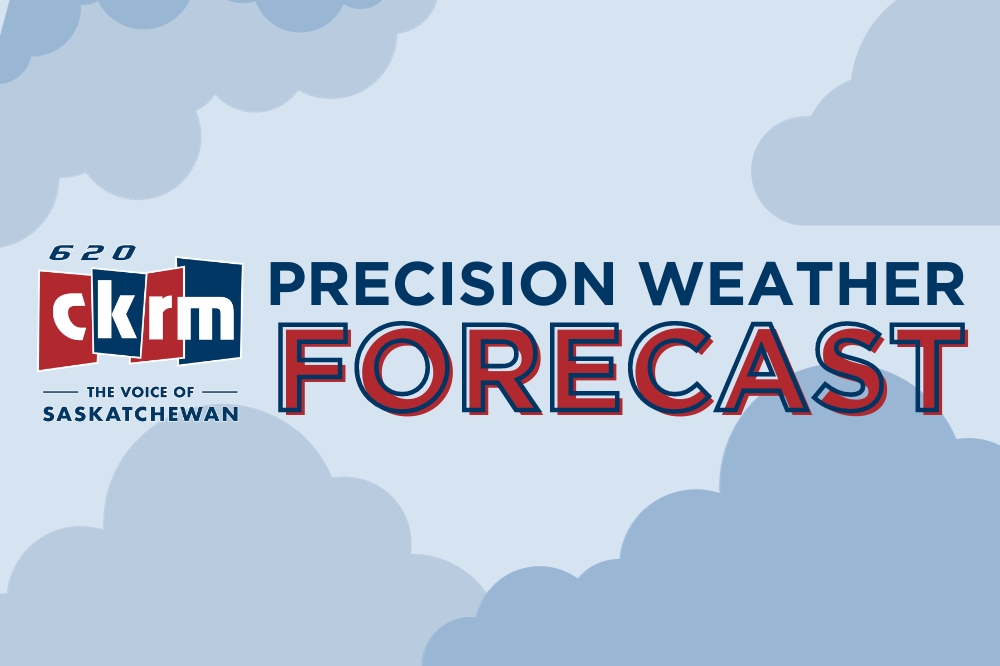A recent peer-reviewed study revealed that Canadian dairy farms dispose of between 600 million to one billion liters of milk on-farm annually. This staggering waste, which should be inconceivable under a supply management system designed to balance production and demand, has brought renewed attention to the long-standing debate over the legalization of raw milk sales.
Since 1991, selling raw milk in Canada has been prohibited under the Food and Drug Regulations. While illegal here, raw milk is legally sold in various regions worldwide, including parts of the United States, Europe and Asia.
In Europe, raw milk is not only available in health food stores and delicatessens but also from vending machines – a stark contrast to Canada’s strict regulations. While raw milk cheeses are permitted under stringent conditions, selling raw milk directly from farms to consumers remains banned.
The Dairy Farmers of Canada (DFC) have long championed the belief that raw milk poses significant health risks. Their campaign has been effective, with many Canadians now perceiving raw milk as inherently dangerous.
Meanwhile, other countries have moved forward, enabling raw milk sales under controlled conditions. The DFC has also succeeded in convincing Canadians that foreign milk, particularly from the U.S., is inferior in quality – claims unsupported by evidence. This underscores how a powerful dairy lobby can shape consumer choices without providing them with real options.
To be clear, raw milk isn’t for everyone. It poses real risks for consumers with compromised immune systems, seniors, and pregnant women unfamiliar with it. The scientific consensus on its nutritional and health benefits remains inconclusive, and the risks of foodborne illness are genuine. Despite investing millions in research, Canada’s dairy sector has largely ignored waste reduction and the potential for safely commercializing raw milk.
Yet, reducing on-farm waste and allowing more flexibility within the dairy industry is not out of reach. A viable solution could involve introducing a special quota system for raw milk producers. This would permit dedicated raw milk farms to sell directly to consumers without mixing their product with other farms’ supplies, bypassing the processing chain. Ontario’s Artisan Dairy licenses could be adapted to regulate and support such a model. This system would empower dairy farmers who want to put their surplus to use and respond directly to consumer demand.
An exemption for small-scale, regenerative farms operating with minimal environmental impact and striving for zero waste would also be worth exploring. These farms could be ideal candidates for more flexible regulations around raw milk sales. Based on estimates from the Agri-Food Analytics Lab at Dalhousie University, around nine per cent to 10 per cent of Canadians would likely purchase raw milk regularly. While this isn’t a majority, it represents a significant market.
Most importantly, this approach would give Canadians a choice. Legalizing raw milk sales in Canada requires more than the dairy lobby acknowledging its waste problem – it demands that they relinquish control over consumers’ options. Environmentally, the carbon footprint associated with the waste of up to a billion litres of milk is equivalent to adding 350,000 cars to the road each year. This is unsustainable.
Canada’s dairy industry needs to embrace consumer choice rather than dictate it. Canadians are increasingly frustrated by being told what they can and cannot consume, especially when those decisions are influenced by a lobby that appears more invested in protecting its interests than promoting sustainability.
It’s time for the dairy industry to trust consumers and take responsibility for its environmental impact. The path forward starts with acknowledging the problem and exploring meaningful solutions – legalizing raw milk is one of them.
Dr. Sylvain Charlebois, a Canadian professor and researcher specializing in food distribution and policy, is a senior director of the Agri-Food Analytics Lab at Dalhousie University and co-host of The Food Professor Podcast. He is frequently cited in the media for his insights on food prices, agricultural trends, and the global food supply chain.








